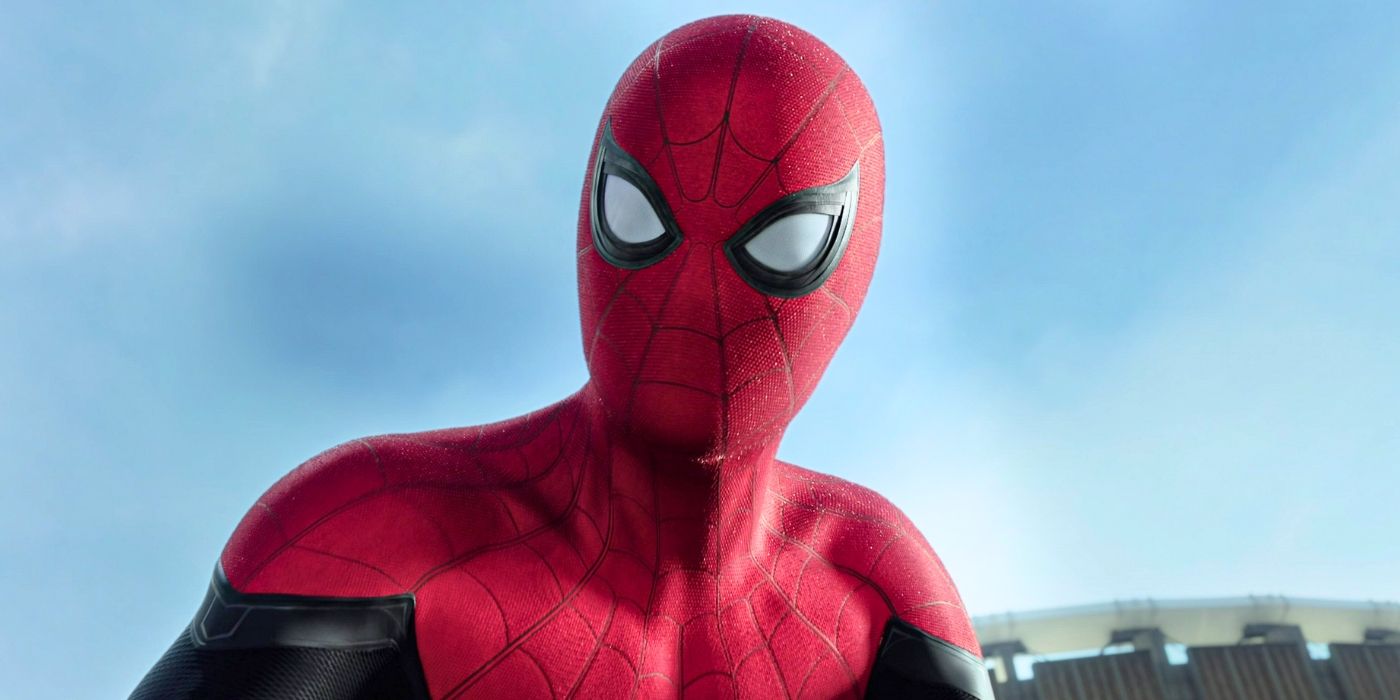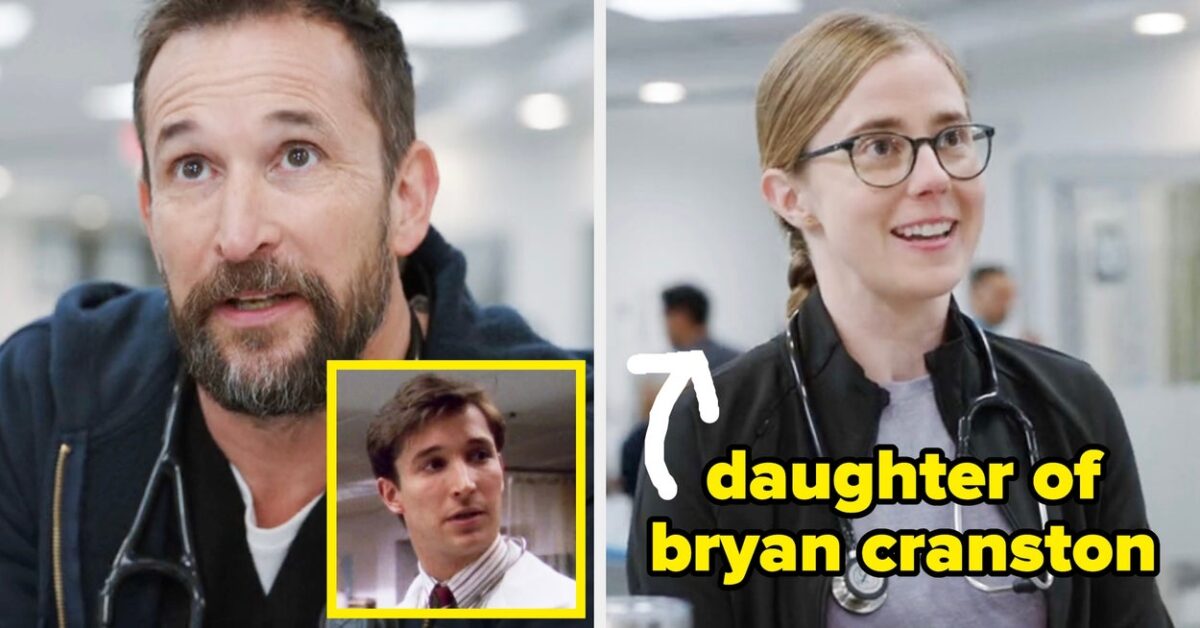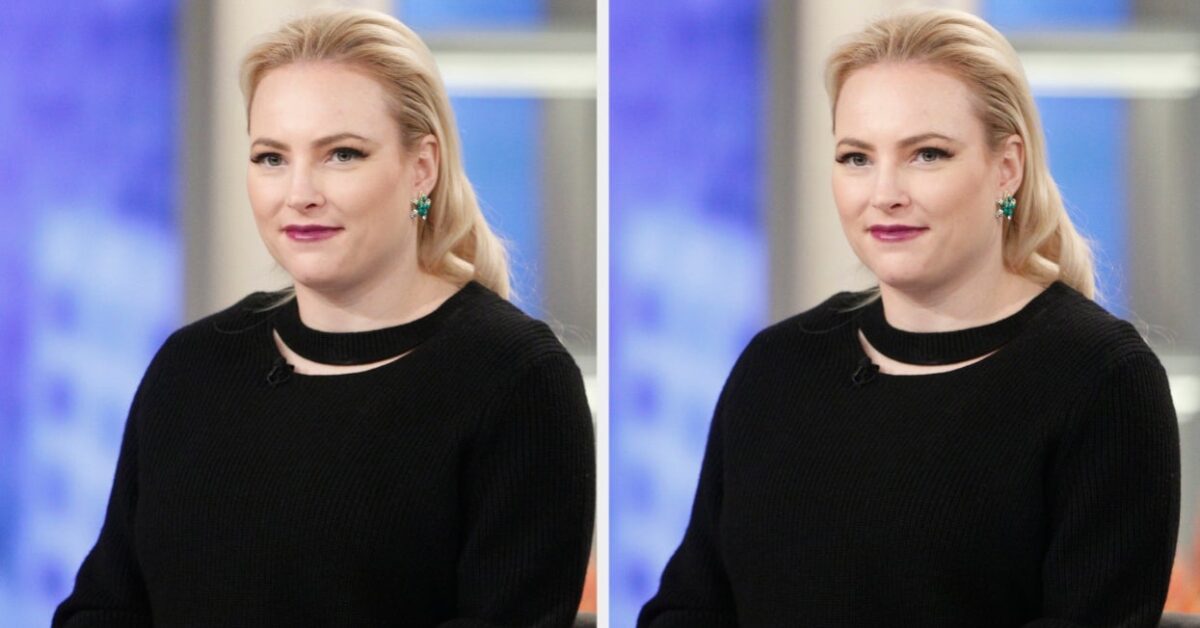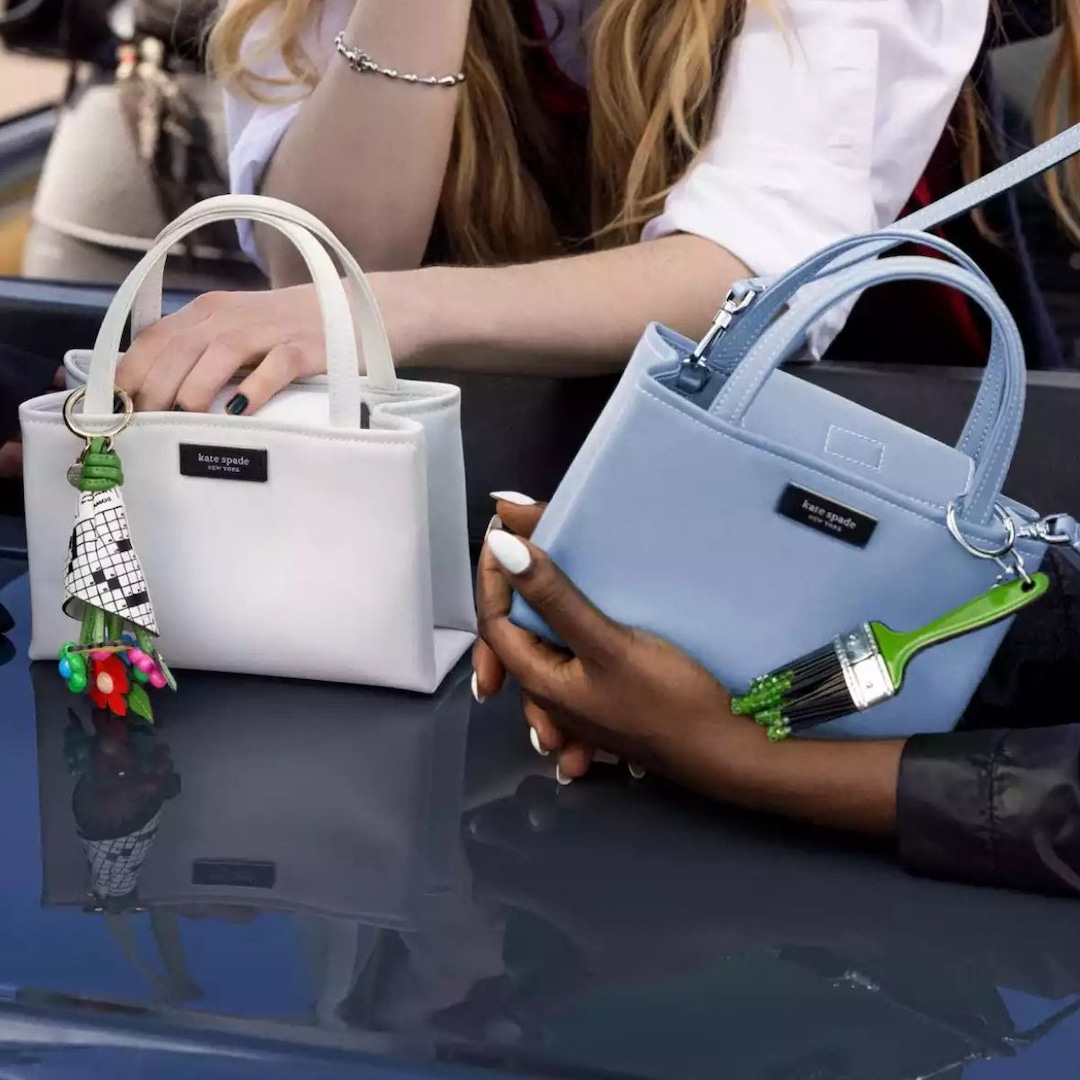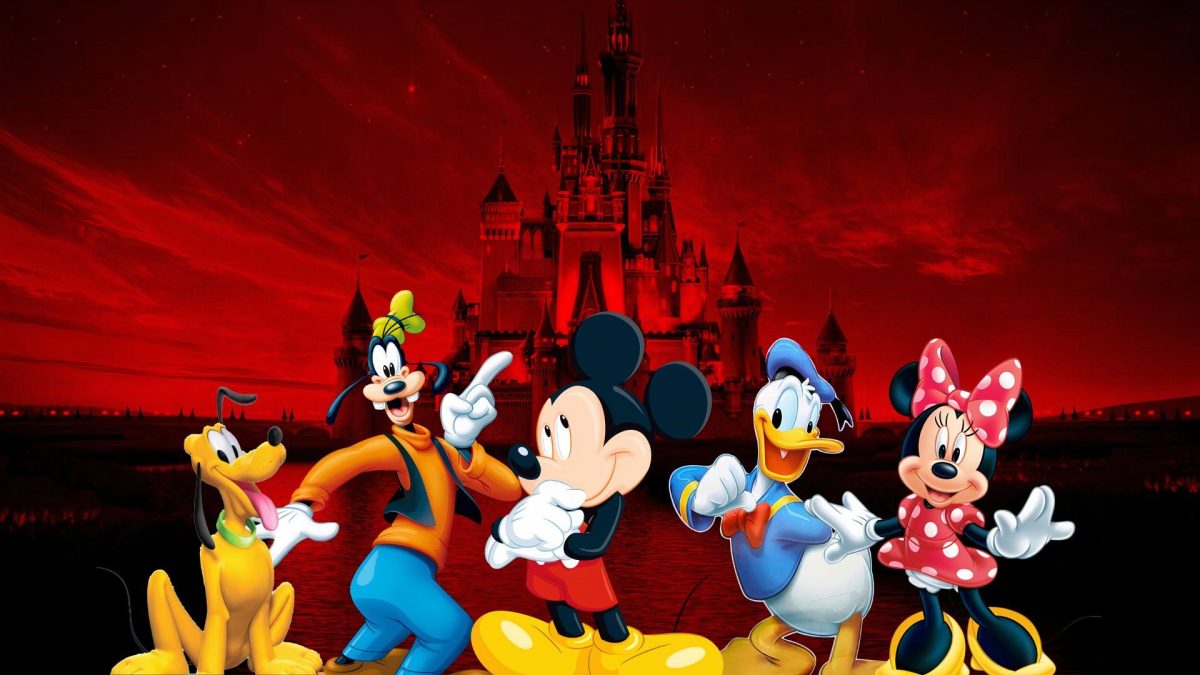
Walt Disney: The World’s Worst Boss
May 20, 2024
Summary
Walt Disney’s reputation as a beloved figure is largely a myth, carefully maintained in his life and afterward by the company that bears his name.
Disney had a history of demeaning his employees, particularly women, whom he relegated to all the least creative, dead-end occupations in the studio.
Despite his controversial actions, Disney still maintains a positive public image, and his personal shortcomings are often overshadowed by his theme parks and roster of characters like Mickey Mouse and Donald Duck.
There’s no stupider pejorative term in the English language than “Mickey Mouse operation.” Walt Disney overcame numerous obstacles during his tenure, consolidating a small group of cartoonists into an international media conglomerate that would branch out into movies, TV, hospitality, and merchandising. He did so by guile, ruthlessness, and an understanding of Hollywood. At his death, Disney and his empire of grinning rodents were so beloved even the premier of the Soviet Union set aside his hatred of capitalism for the chance to meet Mickey Mouse at Disneyland, throwing a tantrum when he was refused entry.
Before you assume that Walt Disney could unite the world, think again. He was the most despised man on his own studio lot. No one is more in need of a reassessment than the brains of The Walt Disney Company. Judging by modern reinterpretations of his persona, The Disney Company’s namesake founder was a misunderstood softy underneath the curmudgeonly, corporate exterior.
Since you’ve read the title, this is the part where we start tearing apart the myth. No, we won’t cover the frozen head part (he was cremated) or his battle against union strikers, because that’s far messier and more convoluted than revisionists and Disney haters care to explain, and neither side came out of that debacle looking good. Though Disney’s testimony in front of the House Un-American Activities Committee does put into perspective his treatment of his workers.
At this point, it’s worth reminding anyone watching these kinds of adoring biopics, that you should never believe anything you watch in a movie, especially biographical ones. Plumbing the depths of Walt Disney’s fetid animation facility and personal relationships takes far more time than we have. As the fortunes of the company rose, the bond between Disney and his staff deteriorated. No amount of team-building exercises would have ever been enough. To use the hackneyed term “toxic” to describe the work environment does a disservice to all the suffering that the people underneath him tolerated for decades.
Giving Credit Where Credit’s Due
The Walt Disney Co.
The heart of Disney for years was the Animation Department. However, the writers and artists were frequently seen as mere cogs in the machine, totally replaceable. Disney had his reasons.
Putting his own unique touch on the Donald Duck character, illustrator and writer Carl Barks turned a nothing trivial character into a comic-book sales titan. Don’t ask us why Scandinavians are obsessed with him, but his fame spread as far as Japan, where he inspired manga artists. For his toil, Barks was denied his name on the comic book he made an international cultural phenomenon. For years no one had a clue who was creating these stories, and it has been assumed that Disney might have invited the assumption that he was the one creating all the comics, shorts, and films, when in reality it was the enormous task of anonymous laborers.
Barks was tight-lipped for the most part, playing dumb about his popularity. “I was astonished by the number of people who’d read my work and liked it,” he is quoted as saying in a CBS News obituary in 2000. Until fans tracked him down, he had no clue how many adoring readers he had accumulated in his career. He didn’t reveal much concerning his official business dealings with “Uncle Walt,” as the CEO was nicknamed in his later years.
Related Oswald the Lucky Rabbit Returns to Celebrate Disney’s 100th Anniversary The silent era star and Mickey predecessor returns in an original short to celebrate the company’s 100th anniversary.
As one art critic described, Walt, the formerly gentle, Midwestern artist had been supplanted by the brash Burbank tycoon. If we try and climb into Walt’s head, we can understand his paranoia and mistrust of the entire movie industry. In 1928, the distributor of his Oswald The Lucky Rabbit shorts, Charles Mintz, sabotaged the fledgling company, not only taking the rights to Disney’s only profitable character but also swiping all but one of Disney’s personnel.
Luckily, the one loyal employee who remained by his side was his old friend from his Kansas City days, Ub Iwerks — the guy who co-created Mickey Mouse. This trauma likely affected Disney deeply, and the jaded leader would come to see the business in a very different light ever since the staff mutiny and betrayal by Mintz. In the film industry, it was survival of the fittest, and Disney learned the hard way no one was to be trusted. That applied equally to his most loyal artists.
It’s a Small World, with a Smaller HR Department
Behind the scenes, the offices of The Walt Disney Company were more akin to the WWE than a loving family, though that is the image that Disney liked to project. A fair bit of his ire was directed at his own brother, Roy. Nepotism aside, Roy Disney played an instrumental part in the company’s rise to fame in the thirties, shaping the wobbly studio from unknown comic artists to a major player in the shorts business through a keen eye for numbers, looking out for the best possible deals to secure with distributors.
He was repaid with scorn and humiliation, Walt once dismissing him to “Go back down and keep the books,” when trying to advise his younger brother on how to keep their bold, experimental film Fantasia bankable. Roy’s fears were completely justified, as the film struggled to recoup its budget. Animator Ben Sharpsteen remembered Roy living in dread of his younger brother, walking on eggshells for thirty years, one employee confronting him:
“Roy, why do you blame us for being scared to death of Walt, when you’re scared to death of him yourself?”
Those who worked alongside him remember Walt as short-tempered and full of prejudiced conceptions, firing anyone who wasn’t white. While his films spoke to the value of compassion, curiosity, and seeking common ground, Disney was not the paradigm of those virtues. Writers, animators, inkers, and others unlucky enough to get in the way of his warpath, did not speak warmly of the man. In the British documentary Secret Lives: Walt Disney, the California staff shared horror stories about his racist views and emotional outbursts.
Related Why Saving Mr. Banks Is Worth Watching 10 Years Later The moral, meaning, and truth to Saving Mr. Banks, about the development of Mary Poppins, make for one of Disney’s best live-action movies.
His politics were frequently controversial, supporting a known anti-Semitic organization called The Motion Picture Alliance for the Preservation of American Ideals, and seeming to vie for the favor of the Nazi party. He flattered Germany’s favorite propagandist long after the nation’s crimes against Jewish people were made clear. Regardless of this fact, supporters still did not acknowledge his bigotry, even as employees came forward following his death to corroborate the rumors.
Uncle Walt’s Legacy of Institutionalized Misogyny
The Walt Disney Co.
While his dislike of minorities was a more well-concealed secret, he lashed out at the mere idea of women in positions of power, which extended to universal suffrage. His hatred of women was so extreme he once singled out the League of Women Voters as a “commie front” that needed to be “smoked out” when testifying in front of Congress about union intimidation. It’s fair to assume that in his mind he came to lump together all labor unions, women’s groups, and strikers together with communists.
Most of his misdeeds were based on his own whims and personal views, not national security. Disney took the step of segregating the workplace by gender, reserving all the worst work for women, while the most prestigious roles went to men, regardless of merit. Women were artistically worthless, so he explained. The lowliest, most tedious job, inking, was the domain exclusively of women, as detailed in a Vanity Fair piece in 2010.
Under his regime, female animators were set back decades. Minders would inspect the women, evaluating their efficiency, and eliminating anyone who was perceived to be too slow. One inker, Reidun Medby, spoke of her time during the production of Snow White as a glorified sweatshop:
“I’ll be so thankful when
Snow White
is finished and I can live like a human once again.” (
via Vanity Fair
)
The high-water mark of the studio came at a cost for those breaking their backs 80+ hours a week in the bowels of the Ink and Paint Department. Has it hurt his reputation in the long term? Not to customers. In the face of everything we know about the man: abusing his workers, denigrating and robbing them of their rightful honor, unfair hiring practices, and more, there is still a saintly aura around the man.
Disney films made in the last decade or so are often looked down upon, seen as detached from Walt’s “pure” vision, supposedly lacking his personal touch and sense of humanity that made the ’30s so great. Well before his death, Walt Disney had been Disneyfied into a cartoon character, and enlisted into the canon of anthropomorphic mice and cranky ducks, much to his delight.
Publisher: Source link
Dr. Mel Is Played By Bryan Cranston's Daughter, And More Facts About The Cast Of "The Pitt" That You Need To Know
Isa Briones, who plays Santos, played Peggy in the first national tour of Hamilton.View Entire Post › Disclaimer: This story is auto-aggregated by a computer program and has not been created or edited by filmibee.Publisher: Source link
Apr 6, 2025
Susan Boyle Returns to Instagram After 3 Years After Minor Stroke
Simon Cowell’s Real Reaction to Carrie Underwood Becoming an ‘American Idol’ JudgeSusan Boyle is back. The Britain’s Got Talent alum made her grand return to Instagram for the first time since 2023, sporting a hot pink blazer and glam, declaring, “I am back, definitely…
Apr 6, 2025
McCain ‘Heartbroken’ Over Brain Cancer Research Cuts
There is no known cure for glioblastoma, though research has found ways to shrink the tumors and extend patients’ lifespans. McCain died just over a year after his diagnosis in 2017.Last month, the American Cancer Society Cancer Action Network (ACSCAN)…
Apr 5, 2025
Kate Spade Outlet: Sale Styles Over 70% Off, Get $69 Leather Bags
Our writers and editors independently determine what we cover and recommend. When you buy through our links, E! may earn a commission. Learn more. The Best Kate Spade Outlet Deals: Editor's Pick:... Disclaimer: This story is auto-aggregated by a computer program…
Apr 5, 2025

